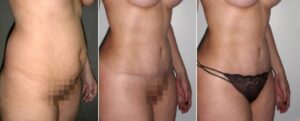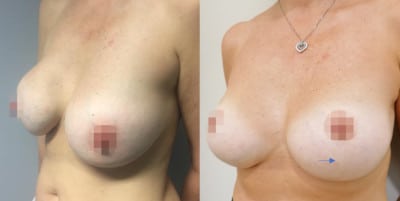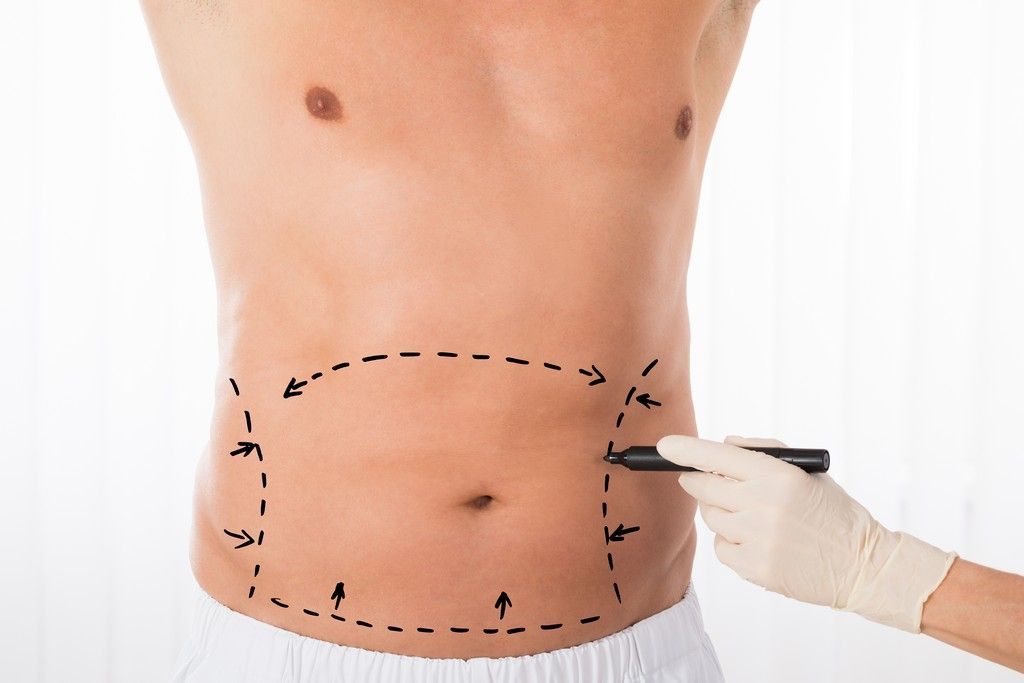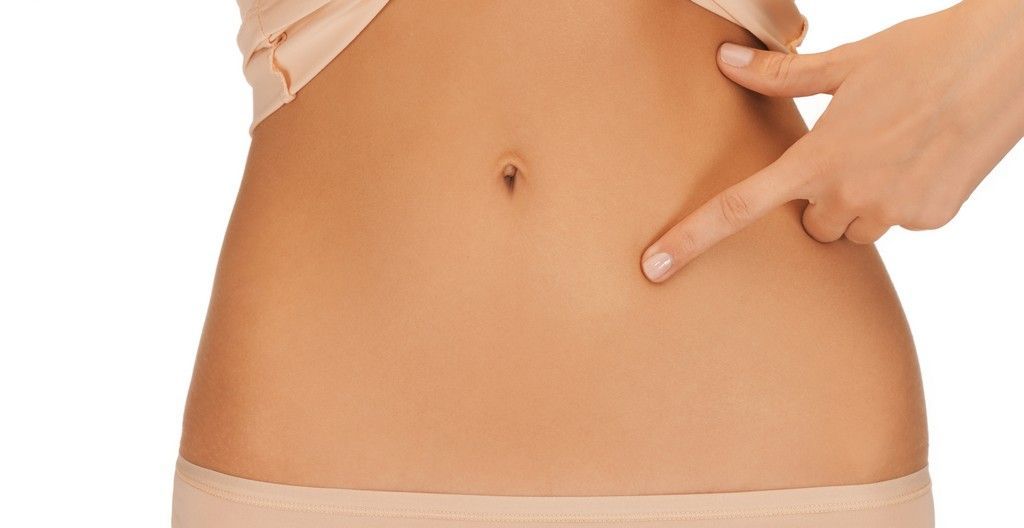Surgical Wound Care
How to take care of your surgical wound?
If you take good care of your wound, the recovery will be faster, your general condition will improve and you can avoid complications.
- After surgery, the wound will be covered up with bandages that cannot be removed unless told otherwise by your Doctor. The bandages cannot be dampened under any circumstance therefore personal hygiene must be done without getting the area wet.
- 3 days after the intervention you can wash the wound unless your Doctor tells you otherwise. Before cleaning it is important that you do the following:
- Wash your hands thoroughly
- Use a clean table where you can place all the necessary things you need for the curing (sterile gauze, liquid soap, gloves, bandages, adhesive tape, etc)
- Remove the micropore or adhesive tape that covers the wound, trying not to pull too hard; if the tape is too stuck once in the shower, you will have to humidify it with water and soap, remove it carefully and slowly, in the direction of the wound, holding back the skin with the other hand.
- Once the bandage has been removed, you will observe how the wound looks: if there is separation on the edges, if there is pus, if there is excessive swelling, if the skin is reddened, or any other sign that alarms you, please ask for an appointment or call our emergency on call service.
- In case the micropore or bandage irritates the skin, please tell your Doctor or nurse.
- The wound must be cleaned with water and antiseptic liquid soap with delicate movements and no rubbing. Remove the excess soap pouring a small dash of water, saline solution or sterile water over the wound
- Once the wound is clean dry it gently with sterile gauze
- Put povidone-iodine solution (Betadine) or ethylic alcohol at 90% on a sterile gauze and apply it over the wound, letting it dry in the open air or with a hair dryer on cold air mode
- Next, cover it up with its bandage or gauze or leave it in the open air, if your Doctor or nurse has told you so
- Once you are done, wash your hands again and keep the tools and equipment in a clean and cool space.
- For some surgeries, due to its speciality or complexity, you will receive specific instructions from your Doctor or nurse, for its care.
• The frequency of these cares will depend on the state the wound is in and will be specified by your Doctor.
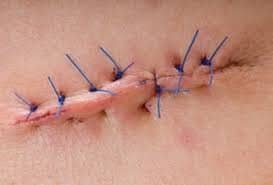
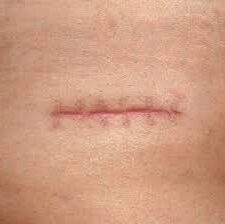
How must a normal wound look like?
Usually, the wound bulges slightly and reddens a bit (small swelling), for the first two weeks after surgery, without this being a problem. 4 days after surgery, the edges should maintain united, free of secretions, not feel heat from the wound, excessive pain, reddening of the area bigger than half a centimeter, stiffness, pus, strong odor or fever.
What to do in order for your wound to scar well?
After the stitches have been removed, or if they are resorbable stiches and don’t need to be removed, you must follow the advice given by the medical staff at Clínica Sanza:
- Avoid exposing yourself to the sun the first two months or use a total sunblock protection to avoid that the scar pigments.
- Avoid any strain or impacts over the wound; therefore, you cannot do any effort with the body parts where the wound is.
- Surgical wounds do not need to be treated with medicine, unless they are infected. If so, your Doctor will prescribe the necessary medication.
- If in pain, take the prescribed pain killers and follow the recommendations. If the pain does not stop or even increase, go for a check up or call our emergency phone number.
- It is important to follow a balanced nutrition or in this case the diet that has been indicated. Vitamin C supplements help contribute to a better scarring.
- You must not discontinue any treatment indicated by your Doctors (for diabetes, high blood pressure, cholesterol, etc) nor any specific post-surgery treatment without your Doctor giving you notice.
- If you have diabetes, it is important to have it under control, as a high concentration of glucose (sugar) in your blood can complicate the scarring of the wounds.
- We recommend to reduce the amount of alcohol and eliminate smoking as this can interfere with the scarring process.
What can you do so your wound scars well?
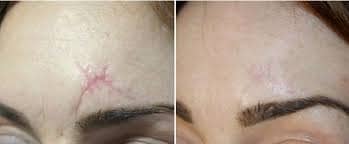
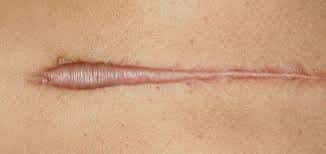
It is possible for scars to redden and expand if the healing process of the wound has not been done properly. If this happens, we suggest to use laser therapy to stretch them out and diminish the redness (like a stretch mark).
In other occasions scars can generate a lot of collagen and thicken. If this happens, we suggest a monthly evaluation and treat them with silicone gel or patches to reduce the size and width.
If the evolution is not positive, we have pharmaceutical anti-inflammatory infiltrations or even combine it with ablative laser therapy.
Summary of Clínica Sanza’s criteria
- Have weekly post op visits the first month to control the wound and its evolution.
- Monthly visits according to a correct evolution. If scars are atrophic or hypertrophic they have to be treated immediately in order for them not to get worse with time.
